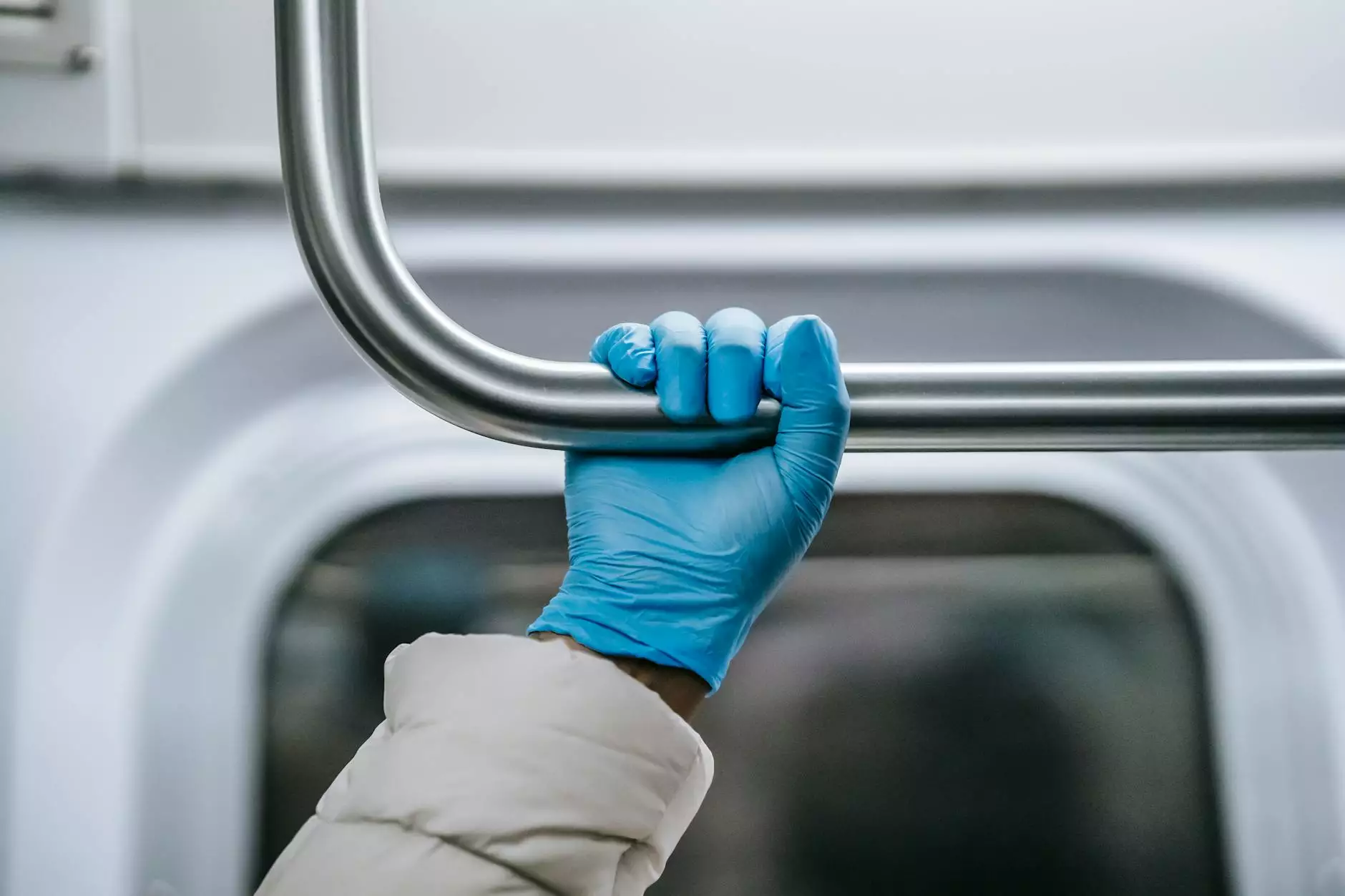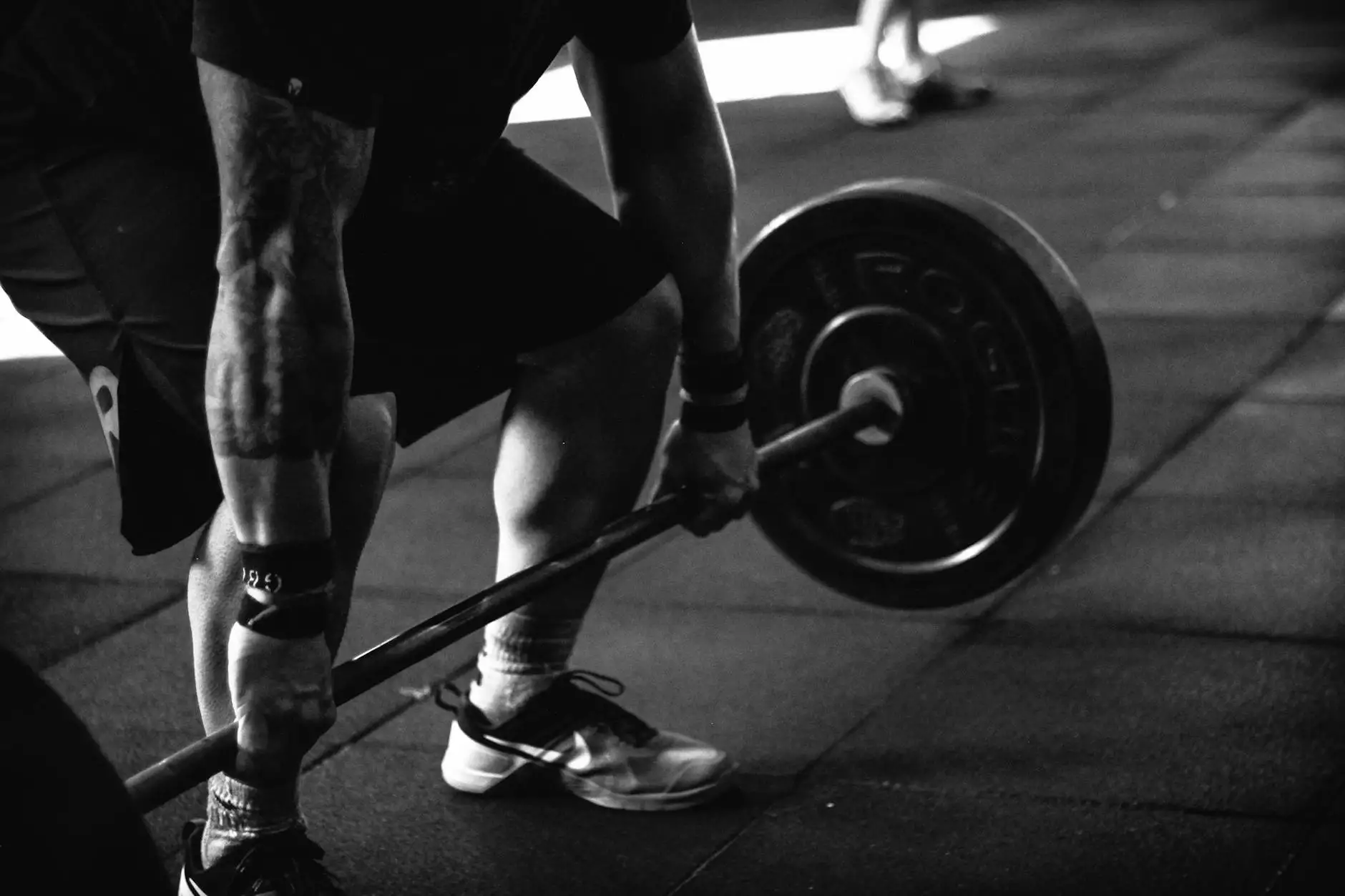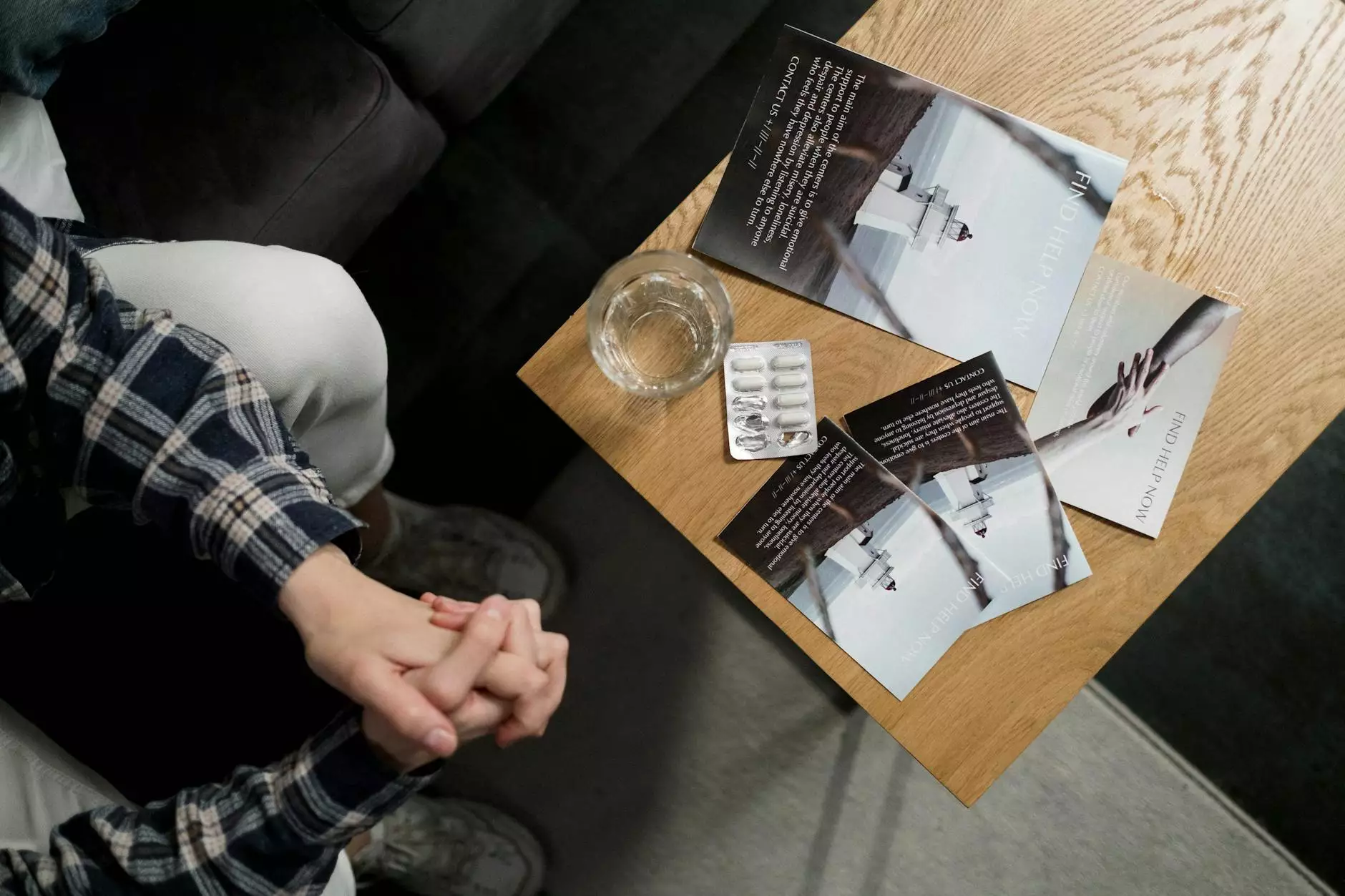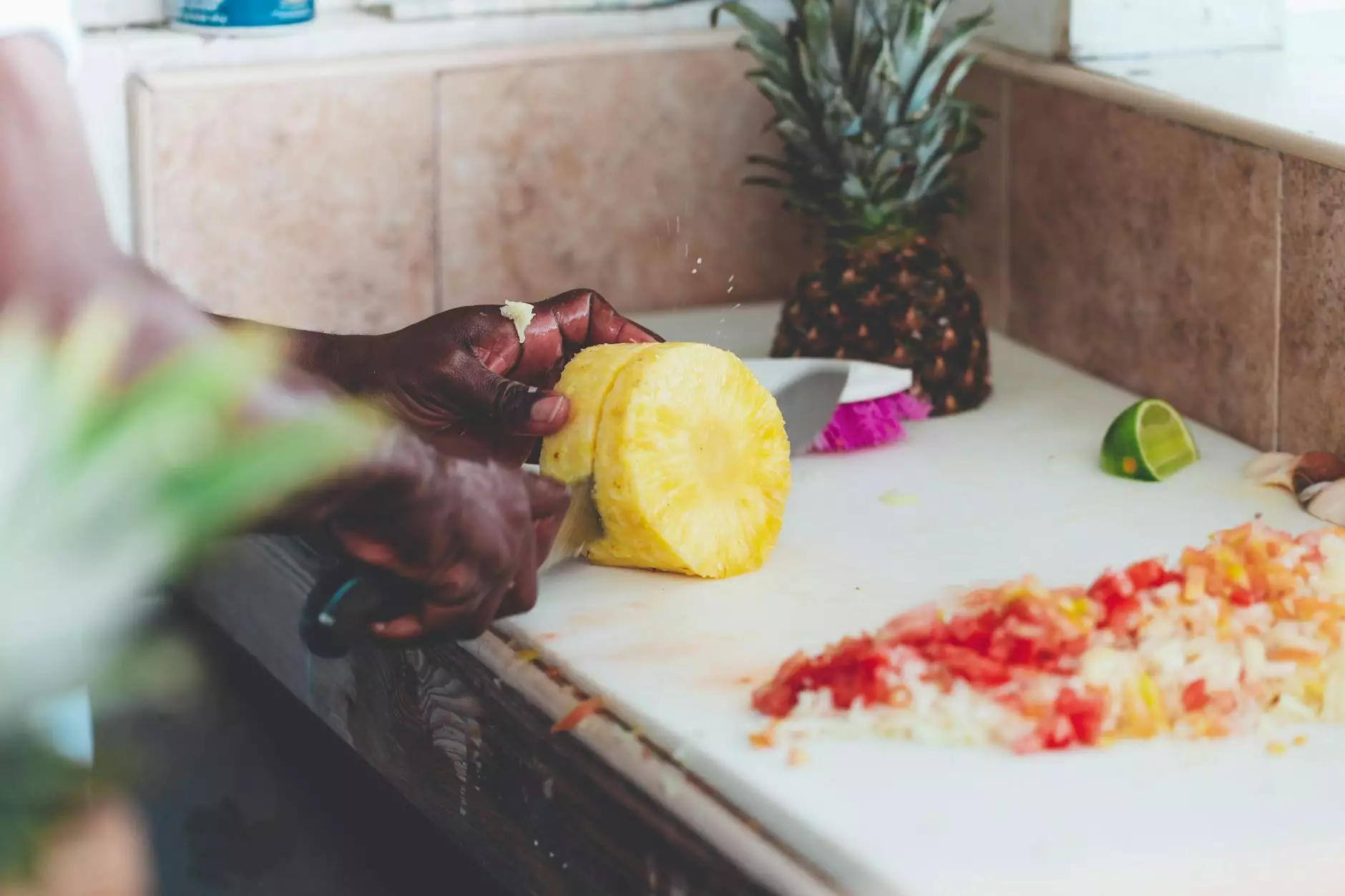Understanding Paediatric Podiatry: Ensuring Healthy Feet for Children

Paediatric podiatry is a specialized branch of healthcare focused on the diagnosis, treatment, and prevention of foot and lower limb conditions in children. As children grow, their feet are constantly changing, and proper care is crucial to ensure a healthy developmental trajectory. This article delves into the vital role of paediatric podiatrists, the common conditions they treat, and why early intervention is key to preventing long-term issues.
The Role of a Paediatric Podiatrist
A paediatric podiatrist is a qualified healthcare professional who specializes in the treatment of foot and lower limb problems in young patients. These specialists undergo extensive training to understand childhood development, biomechanics, and the unique needs of children. Here are some important roles they play:
- Assessment and Diagnosis: Paediatric podiatrists perform thorough examinations to diagnose foot conditions, including flat feet, bunions, and ingrown toenails.
- Treatment: They provide a range of treatments, from custom orthotics to surgical interventions when necessary.
- Education: They educate parents and children about foot health, promoting proper care and preventative measures.
- Collaboration: They often work alongside other healthcare professionals to manage chronic conditions effectively.
Common Conditions Treated by Paediatric Podiatrists
Many childhood foot conditions can significantly impact a child’s quality of life. Here are some of the most common conditions that paediatric podiatrists treat:
1. Flat Feet (Pes Planus)
Flat feet occur when the arch of the foot collapses or doesn't develop properly. While flat feet are common in infants and toddlers, if symptoms persist into adolescence or adulthood, treatment may be necessary. Podiatrists can recommend solutions such as:
- Custom orthotics to provide arch support.
- Footwear recommendations to provide stability.
- Exercises to strengthen foot muscles.
2. In-Toeing and Out-Toeing
In-toeing and out-toeing, often referred to as "pigeon-toed" or "duck-footed," are common gait abnormalities in young children. While many children outgrow these conditions, monitoring and intervention by a paediatric podiatrist can help alleviate associated discomfort or functional issues.
3. Sever’s Disease
Sever’s disease is a condition affecting the heel, commonly seen in active children between 8 and 14 years old. It occurs due to inflammation of the growth plate in the heel bone. Treatment often involves:
- Rest and activity modification.
- Stretching exercises to relieve tension in the Achilles tendon.
- Orthotic inserts to cushion the heel.
4. Ingrown Toenails
Ingrown toenails can occur in children due to improper nail cutting or ill-fitting shoes. Symptoms include pain, redness, and swelling. A paediatric podiatrist can provide relief by:
- Performing a minor surgical procedure if necessary.
- Educating on proper nail care.
- Recommending appropriate footwear.
5. Blisters and Calluses
Active children are prone to developing blisters and calluses from friction and pressure. While these conditions are usually not serious, persistent cases may require interventions such as:
- Drainage of severe blisters.
- Recommendations for protective pads or blister-prevention strategies.
Importance of Early Intervention
Recognizing foot problems early is crucial for several reasons:
- Preventing Long-Term Issues: Many foot conditions can lead to complications if left untreated, including pain and altered gait.
- Improving Overall Health: Healthy feet contribute to better physical activity and overall wellness, impacting a child’s development.
- Enhancing Quality of Life: Comfortable, pain-free feet allow children to engage in sports and recreational activities, which are vital for social interaction and skill development.
When to See a Paediatric Podiatrist
Parents should consider taking their children to a paediatric podiatrist in the following situations:
- When a child exhibits persistent foot pain or discomfort.
- If there are noticeable deformities, such as bunions or severe flat feet.
- When the child has delayed walking or running milestones.
- If there are recurrent foot or ankle injuries.
Footwear and Foot Care for Children
Proper footwear is essential for the healthy development of a child's feet. Here are some tips for parents:
Choosing the Right Footwear
When selecting shoes for children, consider the following:
- Size and Fit: Shoes should fit properly and allow for natural movement of the foot. Always measure your child’s feet before purchasing new shoes.
- Support and Cushioning: Look for shoes with adequate arch support and cushioning to absorb shock during activities.
- Breathable Materials: Choose shoes made from breathable fabrics to keep feet dry and comfortable.
Home Care for Healthy Feet
Parents can encourage healthy foot habits at home by:
- Cleaning and drying feet daily, especially between the toes.
- Allowing children to go barefoot at home to strengthen foot muscles.
- Encouraging stretching exercises for the feet and legs.
The Value of Regular Check-Ups
Just like regular dental check-ups, children should have periodic foot assessments with a paediatric podiatrist. Regular check-ups can help in the early detection of any potential problems and ensure that any required treatment is administered promptly. Recommendations for check-ups typically include:
- Assessing foot and gait development during well-child visits.
- Monitoring changes as the child grows and develops.
- Adjusting orthotics or footwear as necessary based on changing foot structure.
Conclusion
Investing in the health of children’s feet is an investment in their future mobility and overall well-being. With the help of qualified paediatric podiatrists, parents can ensure their children enjoy a lifetime of healthy, active living. By understanding the common foot health issues faced by children and the importance of early intervention, we can work together to promote effective foot care practices. The journey towards optimal foot health starts with informed choices and expert guidance.
For more information regarding paediatric podiatry or to schedule an appointment, consider reaching out to experienced practitioners at thefootpractice.com.









